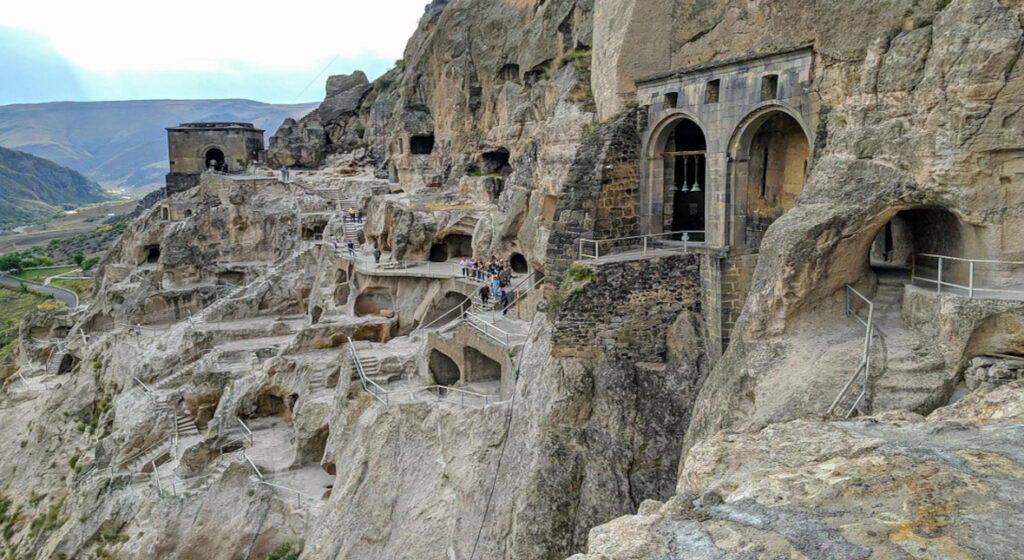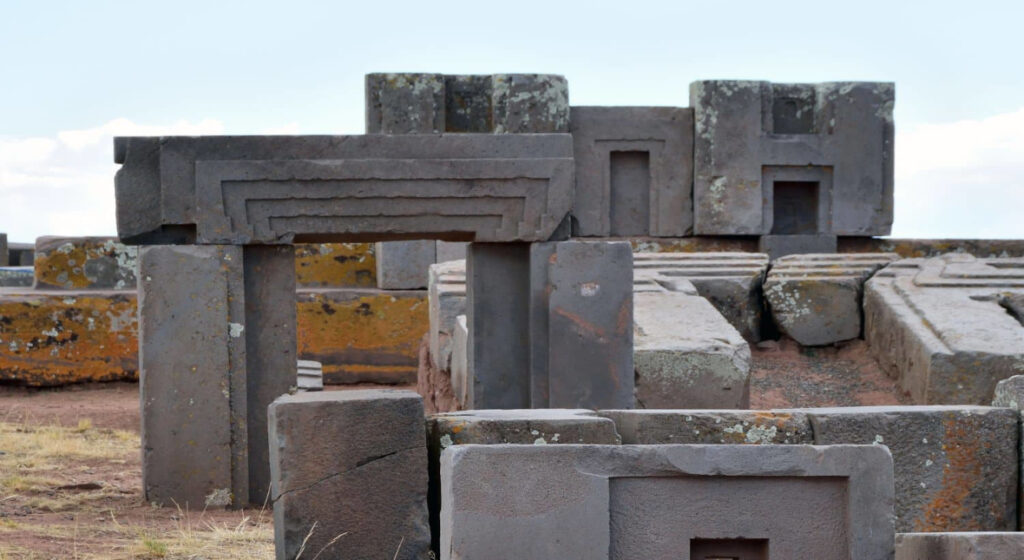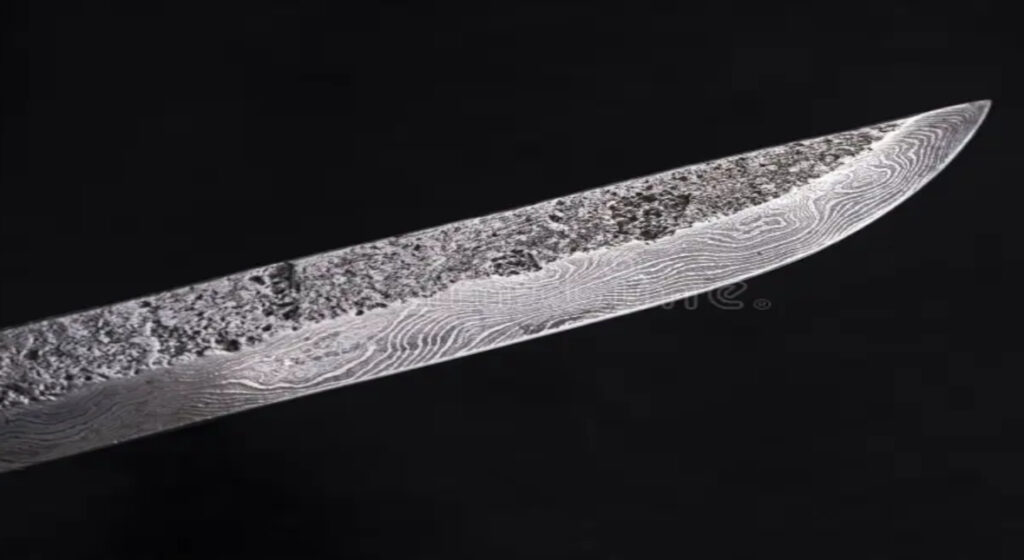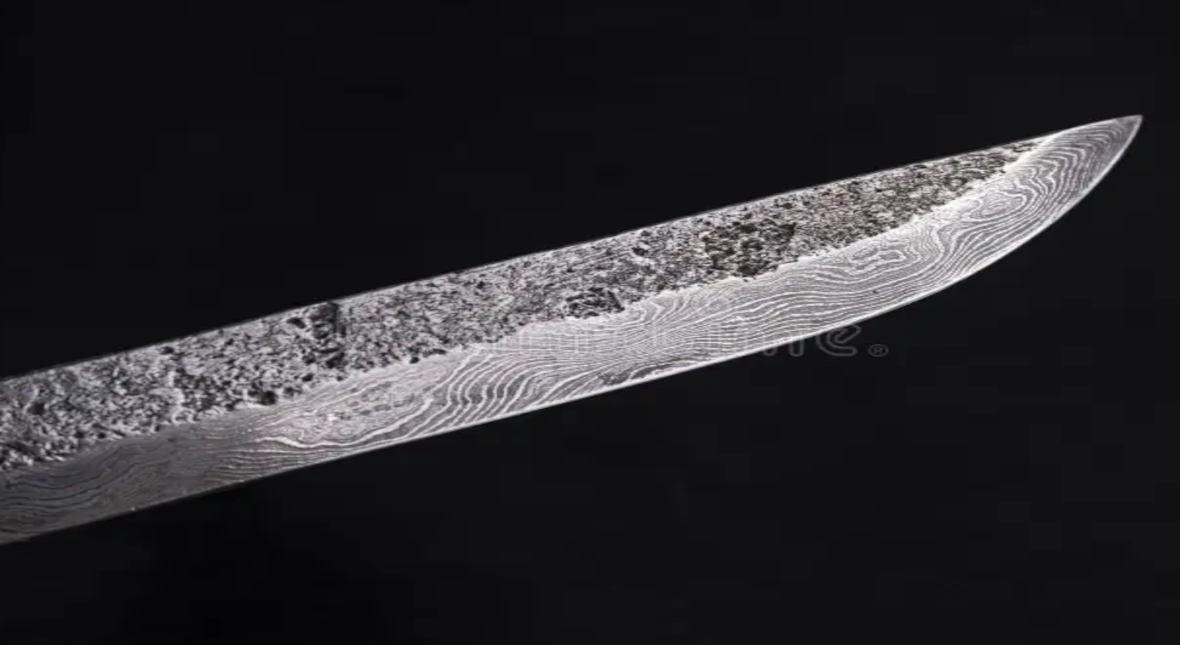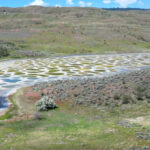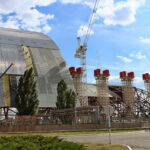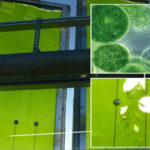Now Reading: The Metallurgical Genius of Damascus Steel
-
01
The Metallurgical Genius of Damascus Steel
The Metallurgical Genius of Damascus Steel
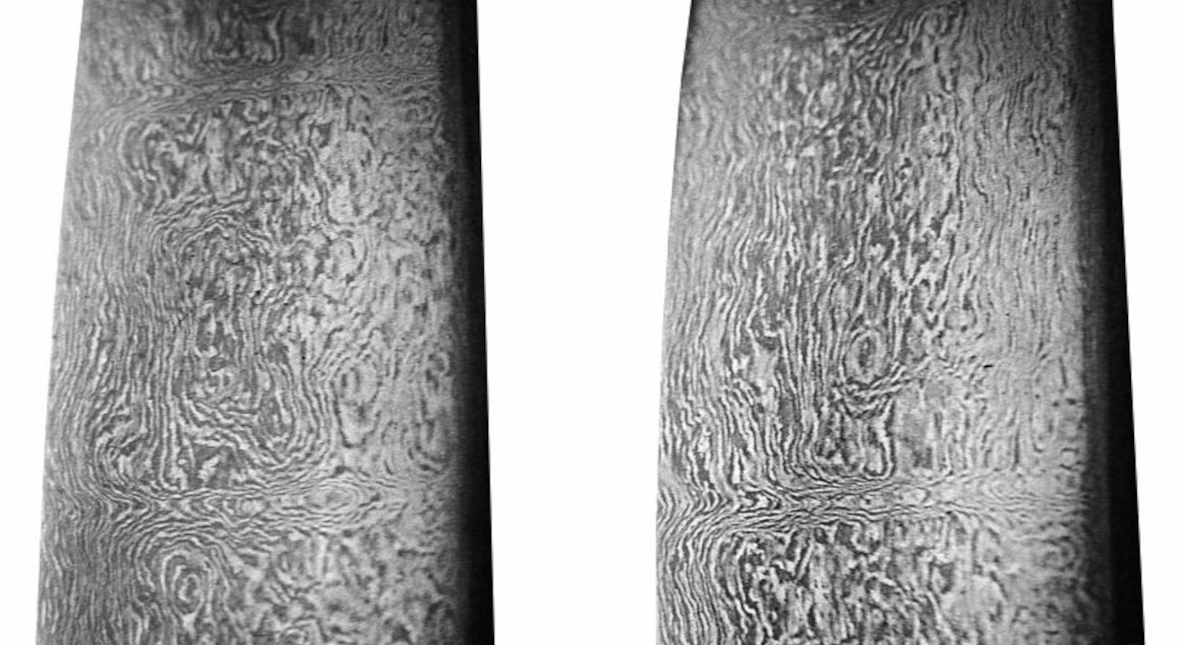
The reputation of Damascus steel as a blade of exceptional sharpness, strength, and beauty is well-earned—but behind its mythical qualities lies a complex story of materials science and ancient innovation. At its core, Damascus steel was an early triumph of metallurgical engineering, exploiting natural processes in iron-carbon alloys centuries before modern metallurgy existed as a science.
Damascus steel was originally forged from Wootz steel, a high-carbon crucible steel developed in India as early as the 3rd century BCE. Blacksmiths produced Wootz by melting wrought iron with organic materials—such as charcoal or plant matter—in sealed clay crucibles. This method allowed carbon atoms to diffuse into the molten iron, producing an alloy with around 1.0–1.5% carbon by weight. As the crucible cooled slowly, it formed ingots containing both hard carbide particles and softer iron-based phases—a microstructure ripe for forging.
The secret to Damascus steel’s famed performance lay in this composite microstructure. The material consisted primarily of two phases: soft, ductile ferrite and hard, brittle cementite (Fe₃C). When the Wootz ingots were forged and folded, the cementite particles elongated into bands that ran along the surface of the blade. These layers created a striking visual pattern—but more importantly, they contributed to the mechanical performance. The cementite provided wear resistance and cutting power, while the ferrite offered toughness and flexibility, allowing the blade to bend rather than break.
Modern metallurgical analysis of ancient Damascus blades has revealed remarkably advanced properties. In 2006, a team of researchers using transmission electron microscopy identified carbon nanotubes and nanowires embedded within the structure of a genuine 17th-century Damascus sword. These nanostructures likely formed unintentionally through slow forging in a carbon-rich environment, possibly enhanced by trace impurities like vanadium or molybdenum. Such features could explain the blade’s unusual combination of hardness and flexibility—qualities that are difficult to achieve simultaneously even with modern alloys.
Another critical factor in Damascus steel was thermal cycling—the repeated heating and cooling during forging. This process helped control the size and distribution of carbide particles, refining the blade’s internal grain structure. If the smith overheated the ingot, the carbides would dissolve—losing the blade’s edge retention and visible pattern. If the temperature was too low, the steel might crack or shatter. The process demanded fine skill and intuition, rather than instruments.
What makes the metallurgy of Damascus steel even more fascinating is its sensitivity to impurities and ore sources. The quality of the Wootz steel depended on the unique composition of the Indian iron ores, which included small amounts of elements like vanadium, chromium, phosphorus, or sulfur. These acted as carbide-forming agents or influenced the nucleation of patterns. When the supply of this specific ore dwindled or the trade routes collapsed in the 18th century, smiths could no longer reproduce the same blade quality—even if they followed the same general process.
The original technique for making Damascus steel was eventually lost, partly due to industrial changes and colonial disruption in India and the Middle East. Meanwhile, modern Damascus steel—though visually similar—is typically made through pattern welding, which involves layering and forge-welding different steels. While pattern-welded blades can be exceptionally strong and aesthetically pleasing, they lack the carbide-based microstructure that gave ancient Damascus its edge retention and mechanical complexity.
Ultimately, Damascus steel represents a brilliant convergence of material science, thermal control, and artisan intuition. Its rediscovery remains a topic of ongoing research, as metallurgists attempt to replicate the internal features of the original Wootz-based steel.











